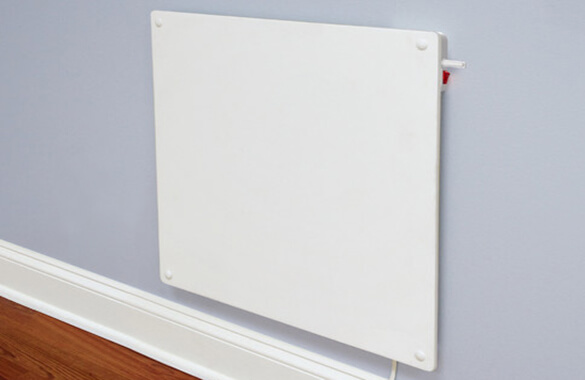Are you are building a new home or considering making changes to the heating system in your current home? This article provides you with a few basics regarding home heating systems. The type of system you install determines the level of comfortable warmth available to your family during cold weather. Whether you lower or increase the amount you currently spend for heating your home depends on the efficiency of your system as well as basic energy costs. And you don’t need to worry about losing too much heat through window wells if they are installed properly.
Options in Traditional Heating Systems
Traditionally, electrical heat costs more than propane or oil. Natural gas is the least expensive unless you consider wood. If you have an easily obtainable supply of firewood and live in an area without strong air inversions, a wood furnace might be a good choice. But remember, because furnaces require fans to circulate the air, you will still have costs for electricity. Also, wood furnaces and stoves increase the cost of insuring your home against fire.
Traditional central heating systems burn fossil fuels to produce heat that is distributed from the heat source to every room in the house. Either furnace fans force hot air into a system of air ducts that vent into each room, or water heated by boilers travels through pipes to radiators. The radiators dissipate the heat to warm the rooms, and the cooled water returns to the boilers to be heated again. These furnaces and boilers are usually located in the basement.
Innovative Methods
A newer method of heating homes involves hot water from boilers that circulates through pipes underneath floors. Because heat rises, floors and rooms stay warm. Several other innovative methods of home heating exist, including the three listed below.
Heat pumps pull heat from the atmosphere or the ground to be distributed indoors.
Solar hot air systems collect warmth from the sun, pull cool room air through the collector to warm the air, and pump the warmed air back into the room.
Passive solar heating systems use a sunroom, special windows, or storage surfaces that capture heat to warm other rooms or the whole house.
Space Heaters
If your home is small and well insulated, you may not need a central heating system. Natural gas or propane direct-vent wall furnaces are easy to install and provide ample heat for a home of 1,000 square feet or less if natural air flow will carry heat to all rooms. Portable space heaters make sense if you need extra heat in one or two rooms for short periods of time.
Make sure that your home is well insulated so that you are not losing any of that precious heat. One quick way to make sure that your basement isn’t losing any heat is by ensuring that your window wells are installed properly. If they are installed properly and are sealed tightly, whether you have an egress well or a standard window well, it will go a long way in keeping your basement warm.
Final Comments
Thoroughly investigate the available options for heating your home before making a final decision. Space requirements, equipment and installation costs, long-term energy expenditures, and heating system efficiencies vary greatly. Make sure that whatever you choose complies with local codes and that it is properly installed. Your home’s heating system should provide you and your family with many years of worry-free warmth.
